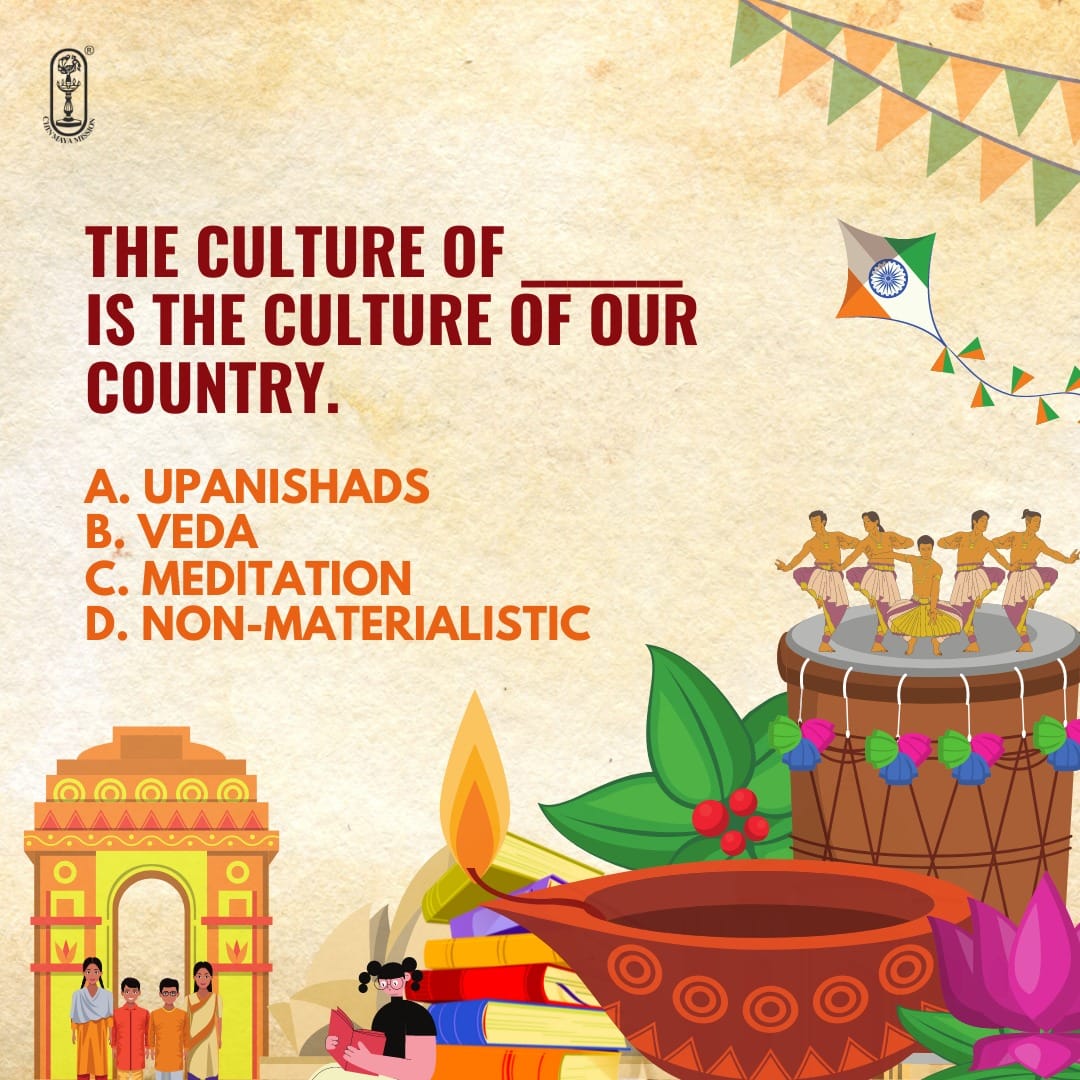Knowledge, Will and Faith :
To,
All Members,
The central conception of the Yogic paths based in Vedanta is that there is a silent consciousness that is separate from the active energy of the creation, and that consciousness can be realised and thereby provide Knowledge and Liberation from the bondage of action in the world. The active energy, in the form of Nature or Prakriti, is considered to be something of an illusion that binds us into an unreal set of relationships and holds us in ignorance of our true self and ultimate reality.
The central conception of the Tantric paths holds that the executive energy that creates the entire world of manifestation is real, and that through the identification with and worship of that Energy, or Shakti, ultimate knowledge and realisation can be achieved.
Sri Aurobindo’s integral viewpoint finds that each of them has seized upon one major aspect of the Truth, but that the complete realisation and liberation must harmonize the two poles into one. “But in the integral conception the Conscious Soul is the Lord, the Nature-Soul is his executive Energy. Purusha is of the nature of Sat, conscious self-existence pure and infinite; Shakti or Prakriti is of the nature of Chit,–it is power of the Purusha’s self-conscious existence, pure and infinite. The relation of the two exists between the poles of rest and action. When the energy is absorbed in the bliss of conscious self-existence, there is rest; when the Purusha pours itself out in the action of its Energy, there is action, creation and the enjoyment or Ananda of becoming.”
The enjoyment takes place through force of consciousness, Tapas. “The eventual omnipotence of Tapas and the infallible fulfilment of the Idea are the very foundation of all Yoga. In man we render these terms by Will and Faith,–a will that is eventually self-effective because it is of the substance of Knowledge and a faith that is the reflex in the lower consciousness of a Truth or real Idea yet unrealised in the manifestation. it is this self-certainty of the Idea which is meant by the Gita when it says, …’whatever is a man’s faith or the sure Idea in him, that he becomes.’ “
The Taittiriya Upanishad points out “One becometh as the unexisting, if he knows the Eternal as negation; but if one knoweth of the Eternal that He is, then men know him for the saint and the one reality.” (Sri Aurobindo, The Upanishads, Taittiriya Upanishad, Brahmanandavalli, Chapter 6, pg. 270)
The integral approach recognises both poles that make up the totality of existence and thus, can find a way to accept the truth of Vedanta and the truth of Tantra without ultimate contradiction.
Sri Aurobindo





Comments